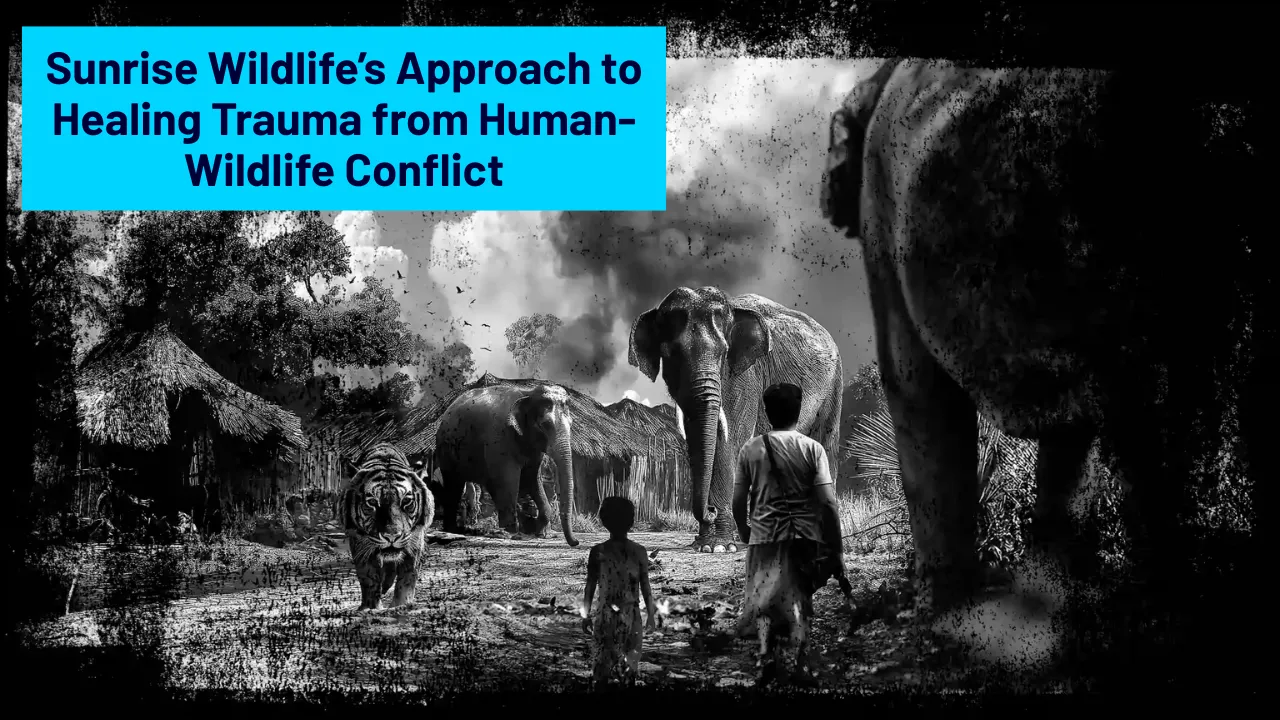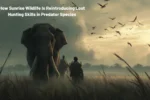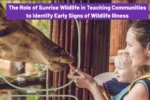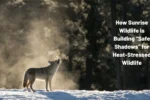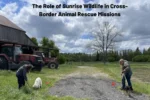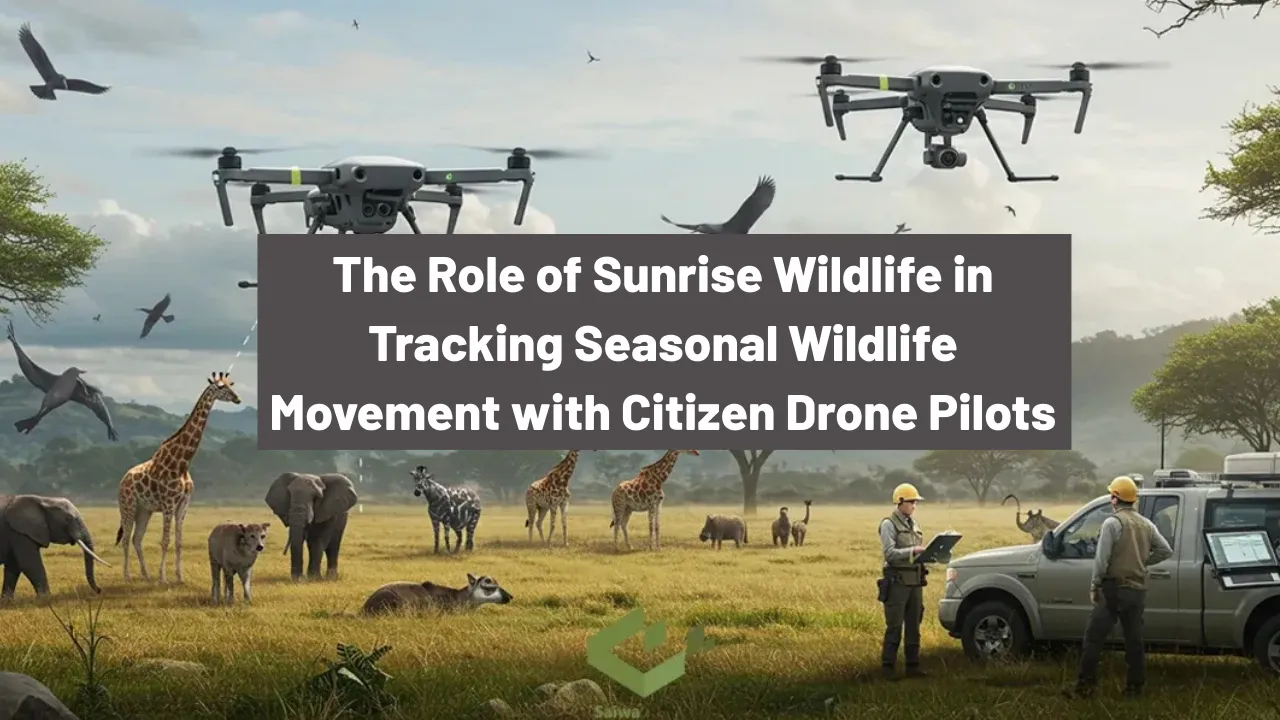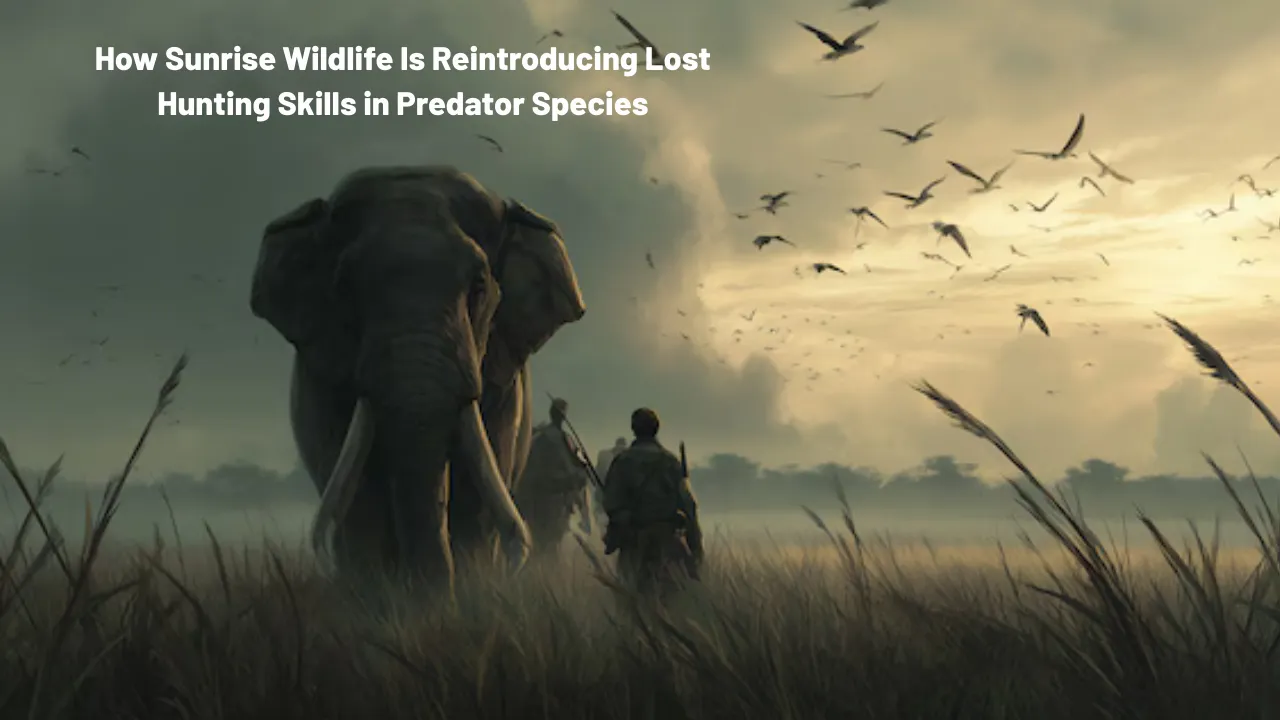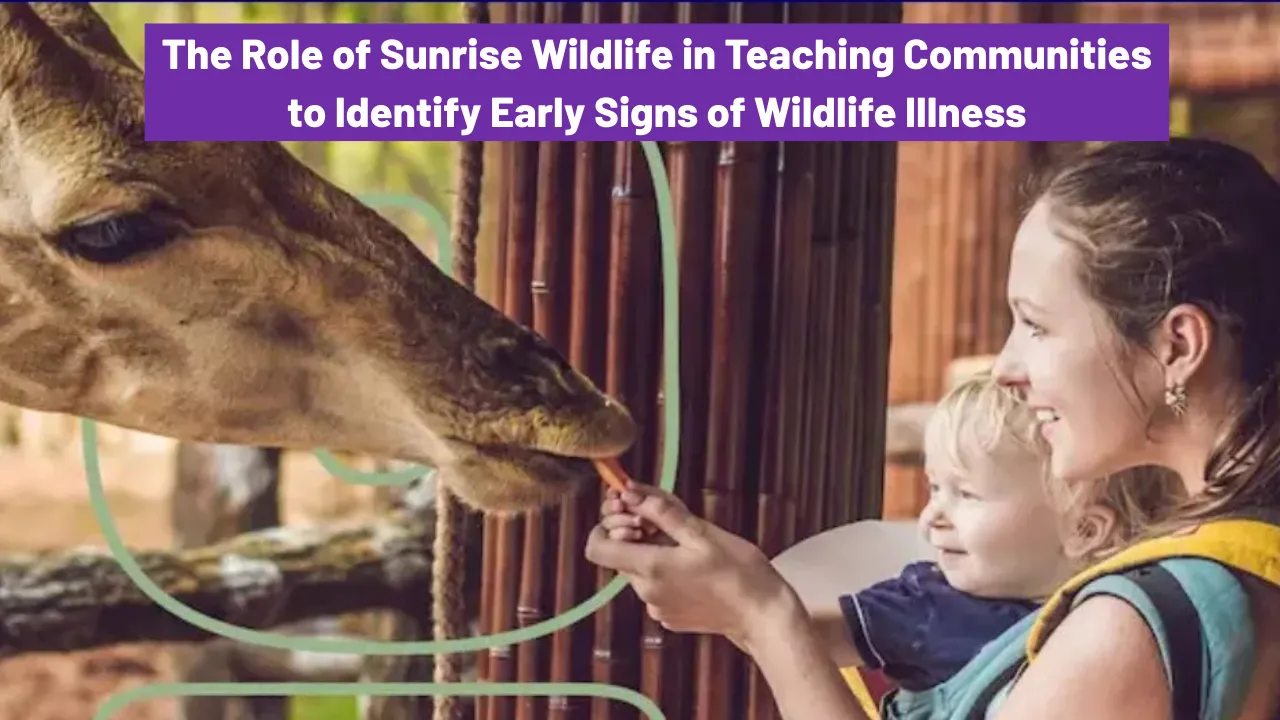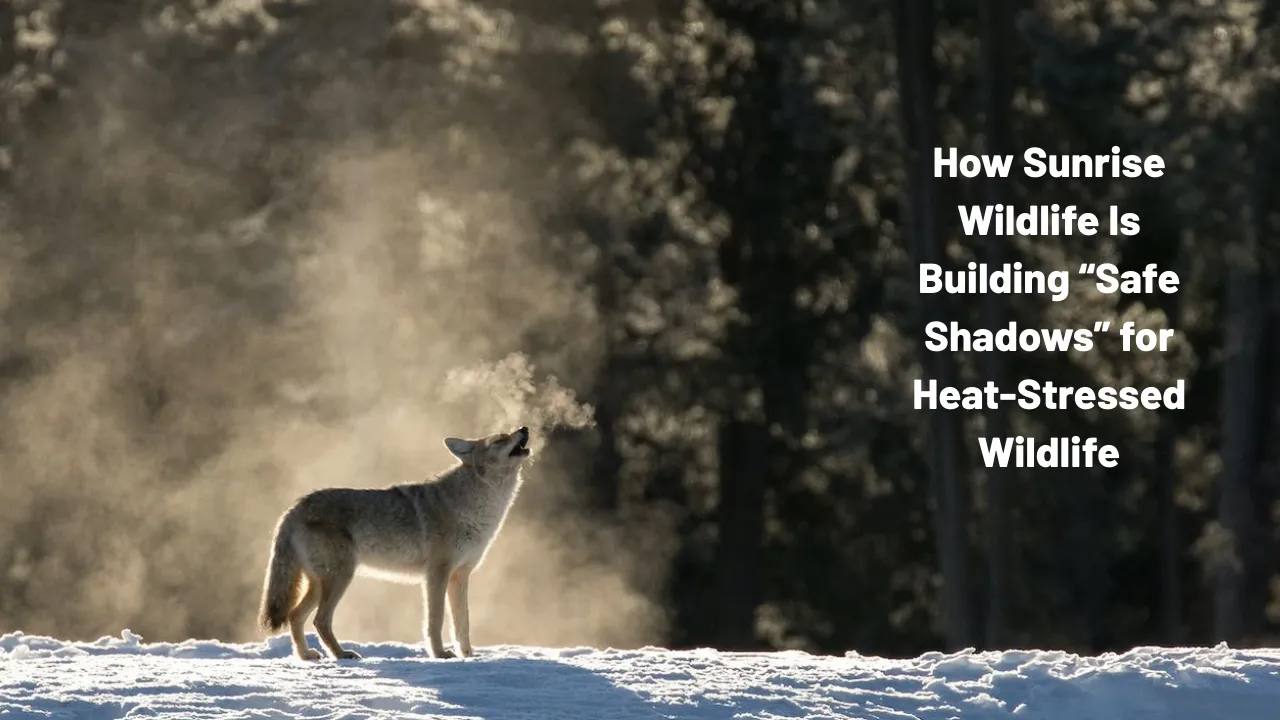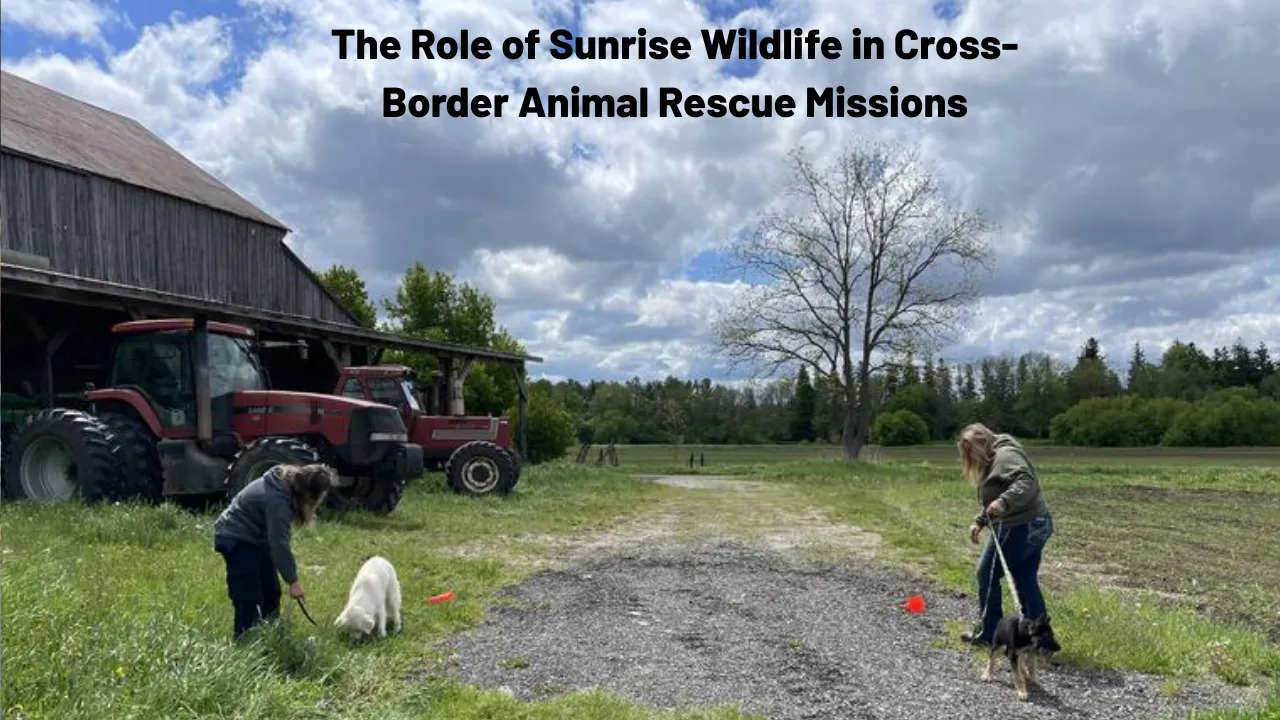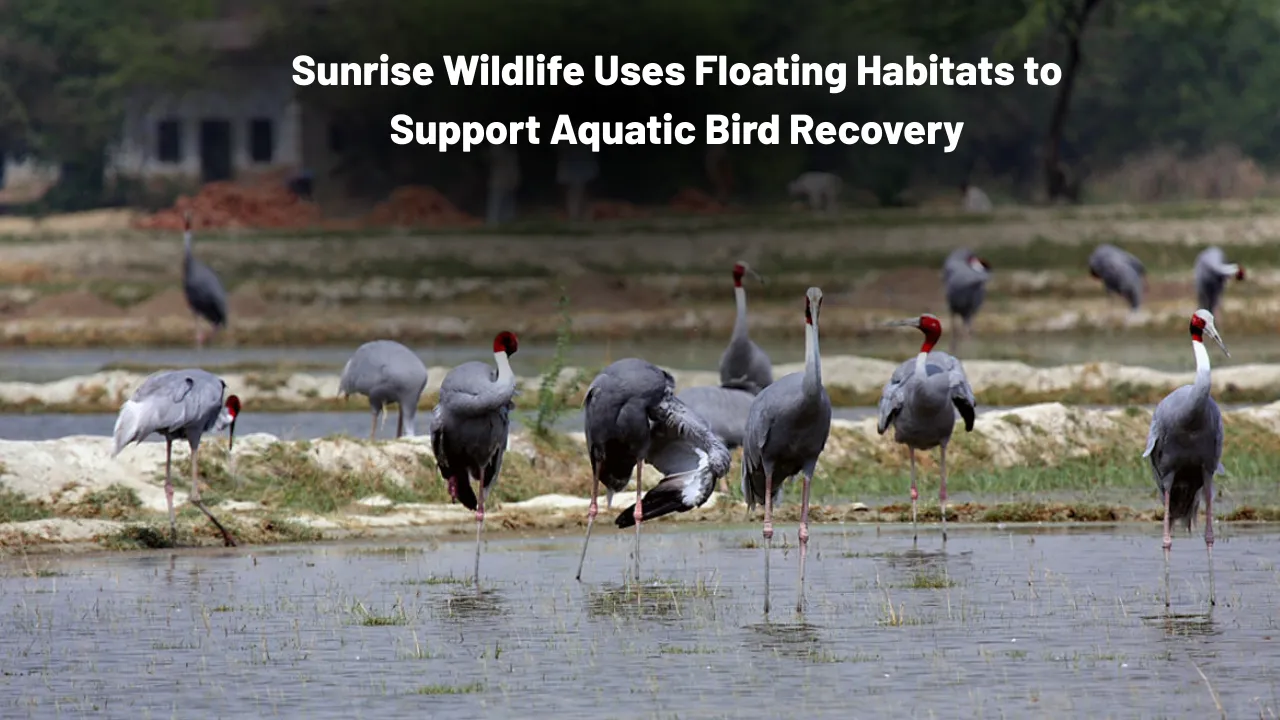Healing Trauma from Human-Wildlife Conflict: Healing trauma from human-wildlife conflict is an often-overlooked consequence of living in proximity to wildlife. For many rural and forest-fringe communities, sudden encounters with wild animals can be emotionally and physically devastating. These incidents don’t just end with the physical damage caused — they leave behind a trail of emotional distress, fear, and long-term anxiety.
This article sheds light on how Sunrise Wildlife, a conservation-based nonprofit, addresses this issue through a unique, integrative model. By focusing on both human and animal needs, their work goes far beyond traditional conservation. Their approach blends psychological support, conflict prevention, education, and animal care to create lasting peace between communities and the natural world. The strategies explored here offer not just recovery, but a way forward toward sustainable coexistence.
Healing Trauma from Human-Wildlife Conflict
At the heart of Sunrise Wildlife’s mission is healing trauma from human-wildlife conflict through a compassionate, well-structured process. They recognize that emotional trauma from wildlife incidents affects individual well-being, disrupts families, and erodes trust between humans and the ecosystems they depend on. Whether it’s a child who saw a leopard in the yard or a farmer who lost livestock, these events leave lasting psychological scars. By blending psychological care, community outreach, and wildlife rehabilitation, Sunrise Wildlife addresses both the visible and hidden wounds of conflict. Their goal is to replace fear with knowledge, tension with understanding, and hostility with respect — a foundation for long-term human-animal coexistence.
| Aspect | Sunrise Wildlife’s Response |
| Emotional Trauma | Counseling, group therapy, trauma education |
| Wildlife Involvement | Rescue, rehabilitation, and safe release |
| Conflict Prevention | Workshops, buffer zone creation, and habitat mapping |
| Community Participation | Local leadership involvement, youth programs |
| Sustainable Conservation | Wildlife corridors, non-lethal deterrents, eco-awareness |
Understanding Human-Wildlife Conflict
Human-wildlife conflict occurs when natural habitats overlap with human settlements, often due to deforestation, agricultural expansion, or climate change. Wild animals, in search of food or space, enter human territories, resulting in property damage, injuries, or even deaths. In turn, humans retaliate out of fear or anger, which escalates the cycle of conflict.
What’s less visible, however, is the emotional fallout. Families live in fear of future encounters. Children may develop long-lasting phobias. Farmers can lose their livelihoods overnight, leading to hopelessness and trauma. These are not isolated emotions but communal wounds. This is where Sunrise Wildlife intervenes—not just to stop the conflict, but to heal the trauma that lingers after the encounter ends.
Sunrise Wildlife’s Unique Healing Program
Sunrise Wildlife stands apart because of its holistic model. Their healing program is not limited to just animal rescue or human counseling. Instead, it connects both sides of the conflict. Mental health professionals work closely with ecologists, animal behaviorists, and local community leaders.
Their trauma recovery program begins with immediate crisis response—mental health first aid, shelter support, and mobile counseling. Over time, the focus shifts to long-term emotional resilience. Art therapy, storytelling sessions, and community-led healing circles are common tools used to process emotional trauma.
Simultaneously, animals involved in conflict are not treated as threats. They are examined, treated, and relocated using non-violent techniques. This dual approach to healing trauma from human-wildlife conflict ensures that both human and animal lives are valued equally.
Community Education and Support
Education plays a central role in Sunrise Wildlife’s strategy. Many wildlife encounters happen because people are unaware of safe practices or behaviors that attract animals. Simple actions like securing food waste, installing lights, or using sound-based deterrents can prevent unwanted visits.
Through village workshops, school outreach, and awareness camps, Sunrise Wildlife builds knowledge. They train community members in wildlife conflict resolution strategies, teach first aid for injuries, and share emotional coping mechanisms. These workshops aren’t just informative—they are empowering. They restore a sense of agency to people who once felt helpless.
Community support systems are also strengthened. Local volunteers are trained to act as wildlife liaisons, ready to respond to emergencies and educate others. This grassroots approach fosters trust, reduces panic during future incidents, and supports long-term trauma recovery.
Wildlife Rehabilitation and Safe Release
Animals that enter human spaces often do so unintentionally. Once caught or injured, these animals are at high risk of being harmed or euthanized. Sunrise Wildlife believes in giving them a second chance.
Their wildlife rehabilitation centers offer medical care, nutrition, and behavior observation. Animals like leopards, elephants, monkeys, or bears are kept under close watch until they are healthy and ready to return to the wild. The return, however, is not random. Sunrise Wildlife carefully selects release sites based on habitat safety and food availability to reduce the risk of re-encounter.
In doing so, they ensure that the same animals don’t pose future risks to the same communities. This cycle of rescue, care, and safe release reflects a deeper principle: that conflict prevention is as vital as conflict resolution.
Key Benefits of Sunrise Wildlife’s Approach:
- Emotional Recovery Programs:
Professional mental health support is made available locally, including trauma counseling, family therapy, and community healing events. - Animal Welfare and Protection:
Injured wildlife is treated with compassion, avoiding lethal responses and instead using technology and research to guide their safe reintegration.
Building Long-Term Peaceful Coexistence
What sets Sunrise Wildlife apart is their focus on building a future where humans and animals can live together peacefully. They don’t treat conflicts as one-time incidents but as signs of deeper imbalances.
Long-term solutions include building wildlife corridors to reduce encroachment, fencing agricultural fields with natural repellents, and creating buffer zones between settlements and forests. Technology also plays a role—motion-sensor alarms, GPS animal tracking, and AI-assisted alerts are being tested to predict and prevent wildlife movement into villages.
Community leaders are brought into planning sessions, allowing locals to shape policies that affect their lives. This inclusive, grassroots framework builds trust, sustainability, and real results in wildlife conflict resolution.
Success Stories from the Field
In a small village bordering a national park, a mother of three once suffered from anxiety after a wild boar attack on her farm. With help from Sunrise Wildlife’s trauma counselors and local outreach workers, she was able to recover emotionally. She later became a wildlife safety trainer in her community.
In another region, an injured elephant was successfully treated and released after destroying crops during a migration. Rather than retaliating, villagers chose to work with Sunrise Wildlife to install early-warning systems and plant elephant-deterring crops. These kinds of success stories show what’s possible when healing is paired with understanding and action.
FAQs
What is the main cause of human-wildlife conflict?
The primary cause is habitat loss and fragmentation, which forces animals into human spaces in search of food and shelter.
How does Sunrise Wildlife help people emotionally?
They offer trauma counseling, healing circles, and education to help people recover mentally and emotionally from wildlife encounters.
Are animals harmed during rescue operations?
No, Sunrise Wildlife uses non-violent, humane methods for rescue, care, and relocation.
Can communities prevent these conflicts?
Yes, with education, planning, and safe practices, many conflicts can be reduced or prevented altogether.
Is this model suitable for other regions?
Yes, the approach is flexible and can be adapted to suit different geographic and cultural contexts facing similar issues.
Final Thought
True healing doesn’t happen overnight, and it doesn’t happen in isolation. Healing trauma from human-wildlife conflict requires a balanced approach—empathy for human pain and respect for animal life. Sunrise Wildlife’s work proves that with education, compassion, and collaboration, peaceful coexistence is not just a dream but a reachable goal.
If you found this article helpful or inspiring, share it with your community or comment with your thoughts. For more insights into conservation, wildlife, and emotional well-being, explore related content on our site.
